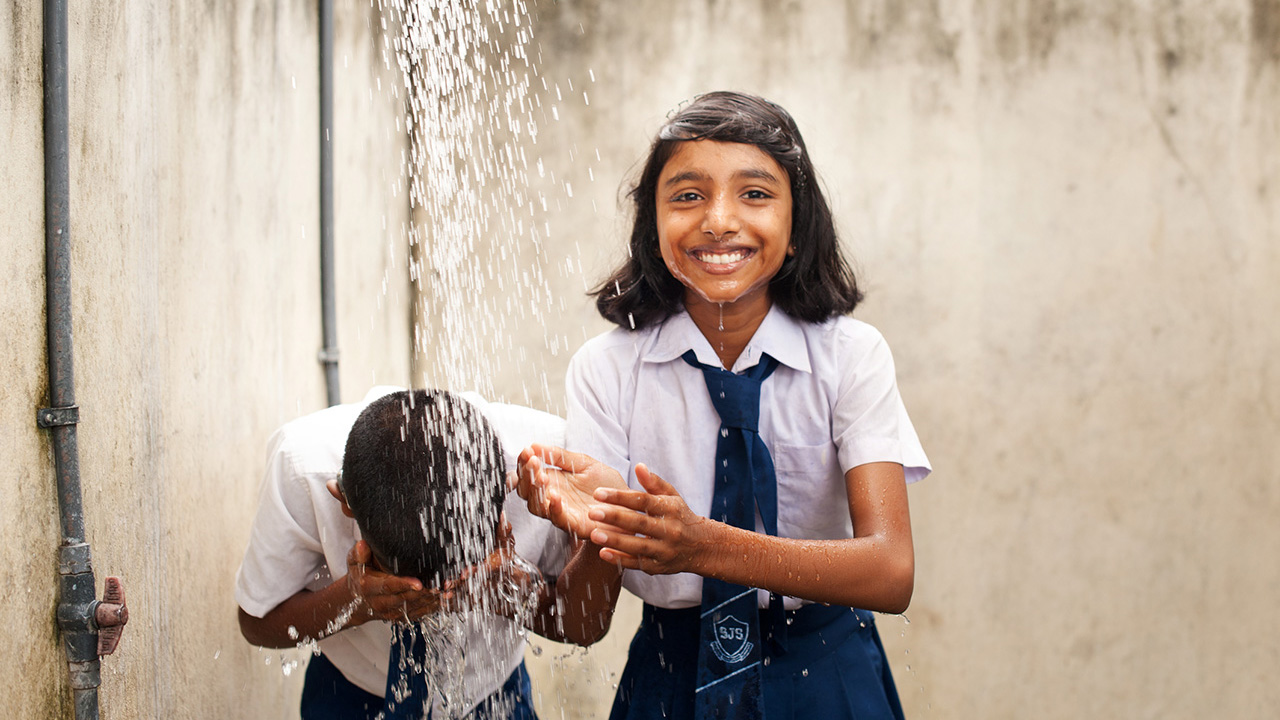
This post is part of a series written from my time in Sri Lanka visiting Dr. Bronner’s Fair Trade coconut oil project, Serendipol, during July 2014.
This is a “Part 2” to my previous post “What Fair Trade Looks Like.“
When you buy Fair Trade, you are not only supporting all manner of good things for the employees of that company, but you are also contributing to the community surrounding it. With Fair Trade, a fund is set up specifically for the support of community programs. Again, let me show you what this looks like for Serendipol, who supplies Dr. Bronner’s Regenerative Organic Coconut Oil, based in Kuliyapitiya, Sri Lanka.
One of my favorite parts of my week in Sri Lanka was visiting several of these project sites. There are many projects that the company supports, so I’ll focus on the three I got to see.
Project #1: Tank Cleaning
First, a bit of history that is relevant in Sri Lanka today.
Sri Lanka is an ancient land that has been peopled by advanced civilizations for several thousand years. This is readily apparent in their complex irrigation systems of canals and reservoirs, which they call tanks.
These tanks are ubiquitous and impressive. In the area of Kuliyapitiya alone, there are more than 4000 tanks, ranging in size from a couple acres, to many hundreds. Crucial for the optimal growing of rice, a staple food, these tanks allow farmers to grow two full crops of rice every year.
That is to say, when the tanks are clean. Which they’re not.
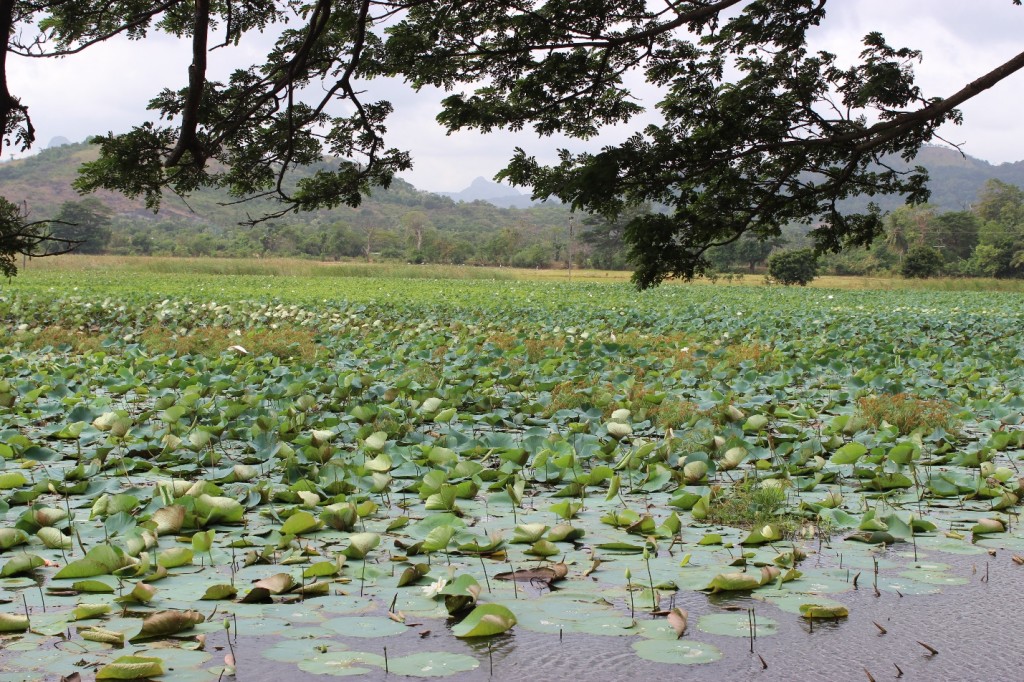
During World War II, Sri Lanka was a British colony and was base for several Allied operations. For this reason, it was also a target of the enemy fighter pilots. A plan was hatched to fool the enemy into mistaking water for land by covering over all the tanks with plants so that if a plane attempted to land on one, it would crash into water instead. An invasive non-native species of water hyacinth was introduced into all the tanks. The water hyacinth thoroughly covered over the tanks. They do indeed look like cleared land, a perfect spot to set down a plane. Except none ever did. In my less-than-exhaustive research, I still couldn’t find evidence that this scheme ever caught one enemy plane.
At the end of the war, no effort was made to clear the hyacinth from the tanks. And though nearly 70 years have passed, the tanks are still infested.
The hyacinths consume so much of the water, they reduce the available water to the farmers by at least half. Farmers who used to be able to grow abundant rice, two full crops a year, now can only grow one.
Enter Serendipol
Serendipol has set itself the goal of cleaning up 10 of these tanks every year in the Kuliyapatiya area, where the factory is located. They’ve done 20 so far. To clean a tank, Serendipol partners with the neighboring farmers who use the particular tank. The farmers provide the labor, Serendipol provides the funds for the necessary equipment. Serendipol is careful to ensure the farmers have a sense of ownership of the project so that they maintain the tank after the initial clean-up.
I had the honor of attending a ceremony commemorating the completion of one of these tank clean ups. The tank was absolutely beautiful.
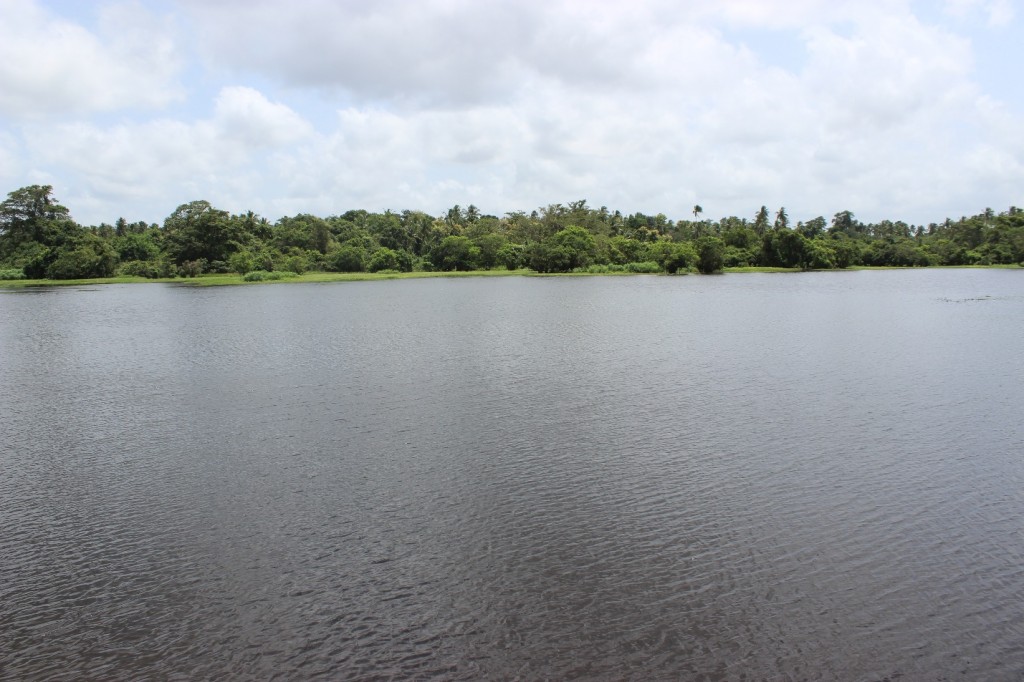
Not only will this tank now provide twice as much water for the farmers, but also, since the water level in the tank has risen, the water levels in the surrounding wells (which most houses have) have risen. I partially understand the physics of it, but not enough to explain here. Someone can have a go at it in the comments below. But I can totally grasp the idea that having more water in the wells is a very good thing.
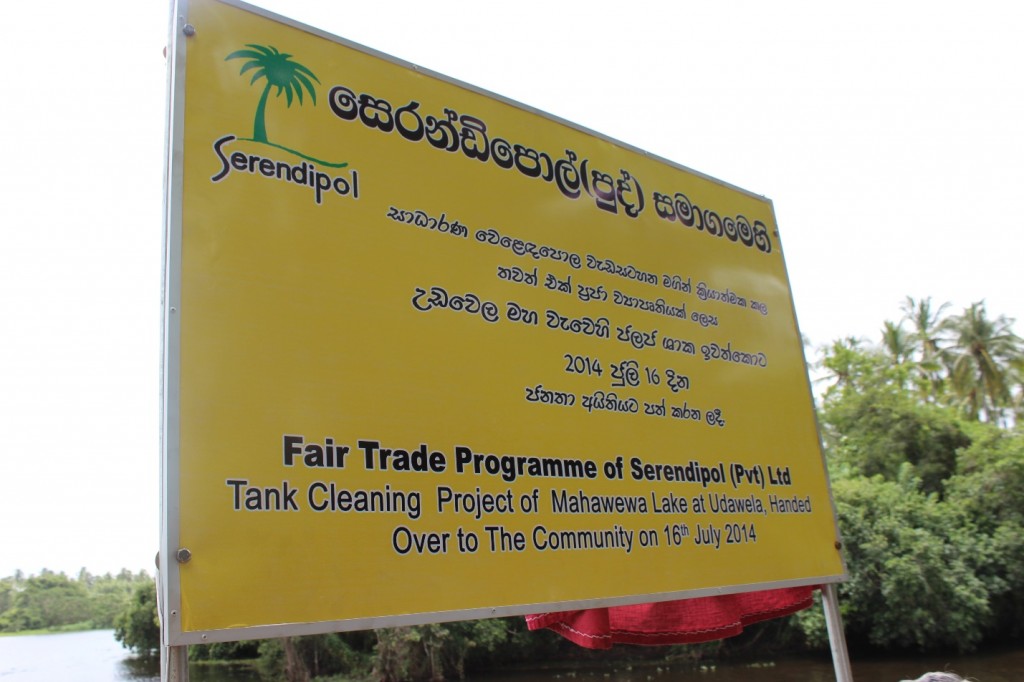
Another awesome benefit from these tank cleaning projects is that the removed water hyacinth mass provides the necessary nitrogen matter for Serendipol’s organic compost production. So it’s finally good for something. Which leads into my next project…
Project #2: Organic Compost
This one is hard to pinpoint whether it benefits Serendipol most or the community or the earth… Which I guess is the best kind of project of all. Serendipol has an organic compost making facility. It sells the compost to its coconut farmers at a rate subsidized by the Fair Trade fund so that it costs the same as the governmentally subsidized petrochemical fertilizer available.
And here’s the part I absolutely love – it brings so much of what they do full circle. (I am restraining myself from adding exclamation points here, because I really do believe this is very exciting.)
The compost is made out of – get this:
Coconut husks (from Serendipol’s coconuts)
Water hyacinths (from Serendipol’s tank cleaning projects)
Chicken litter (organic)
Cow manure (organic)
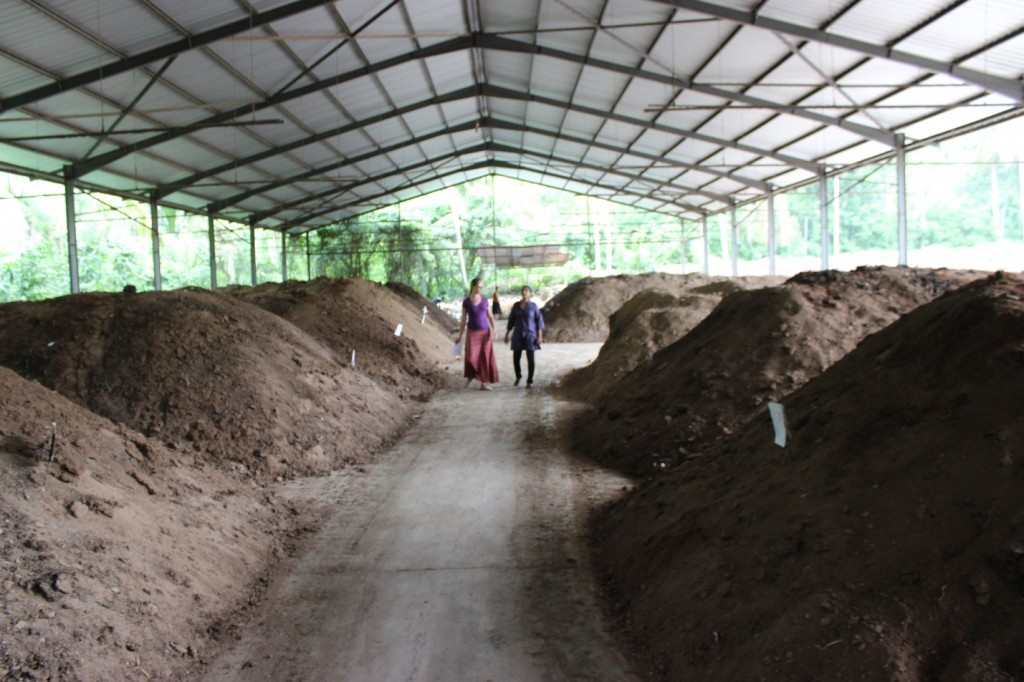
There is so much life in those piles of composting materials! So much potential! I enjoyed my tour there.
Compost is fabulous because it takes what would otherwise be considered waste and turns it into something essential. The compost is bagged up into 25 kilo bags and sold back to the farmers who grow the coconuts whose husks go back to produce more compost which grow the coconuts…. I love that! It’s so tidy!
Project #3: Vocational Training
This project is truly beautiful partially because it directly improves human lives that would otherwise have little opportunity to thrive. Near Serendipol is a government-run home for girls. As in the U.S., when the girls turn 18, they graduate out of the home. They often leave with few employable skills.
Serendipol has purchased 12 industrial sewing machines and provided the salary for an instructor so that girls ages 14-18 learn an employable skill to use once they graduate. The class is in its second term and was preparing for an exhibition when we visited.
I was blown away by the skill of these girls. I can sew moderately well, which means I can follow a pattern as long as it has mostly straight lines. These girls not only could operate these lightning fast machines with accuracy, but their handwork was astoundingly intricate.
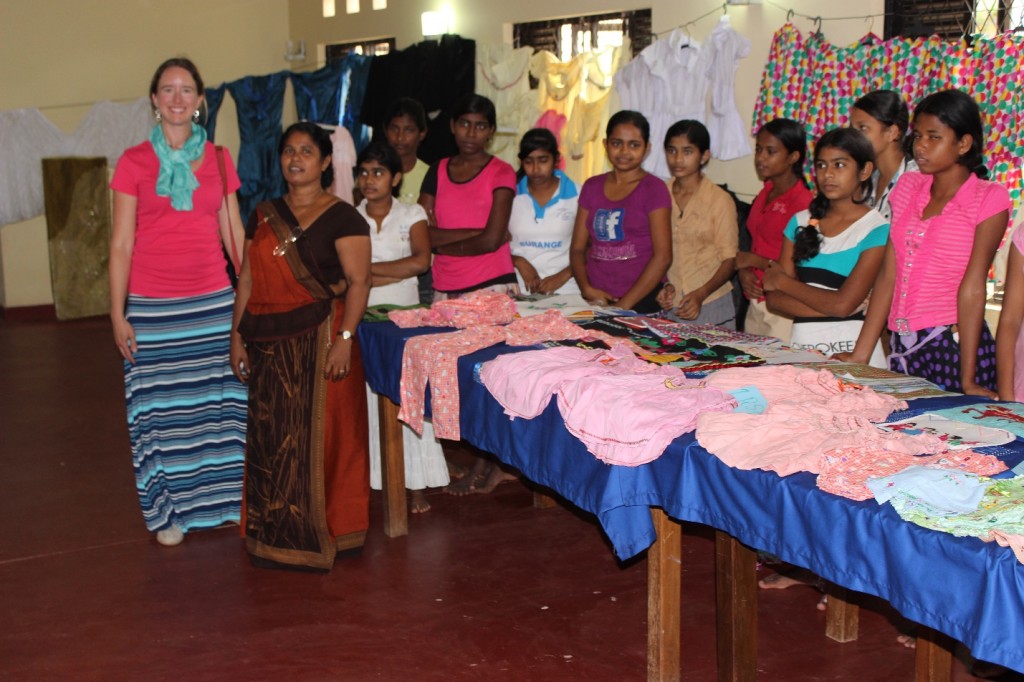
I could have used a lesson or two from this talented teacher and her students!
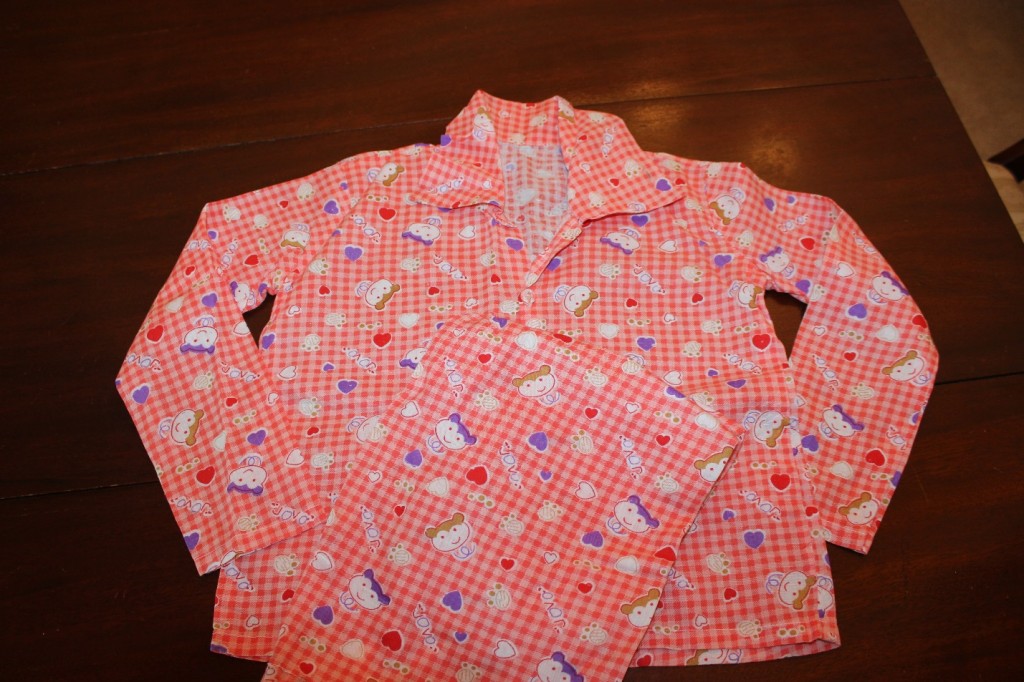
Here’s an adorable set of toddler pajamas.
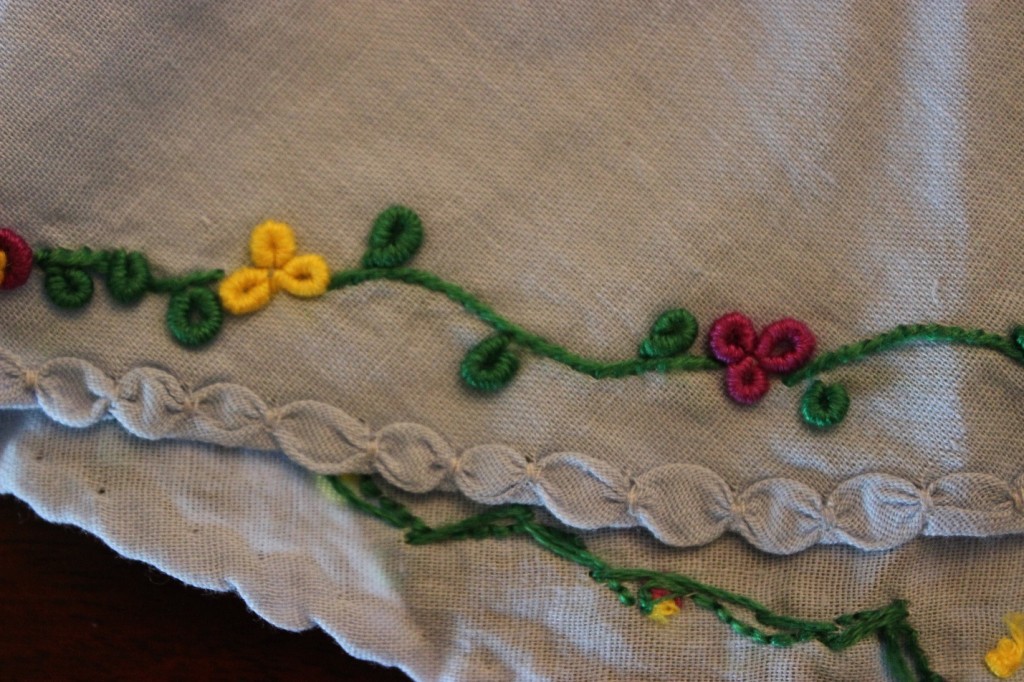
Astoundingly intricate hand embroidery on an infant dress.
These are only three of the many Fair Trade projects that Serendipol has done. Others include digging wells and installing bathrooms at schools; providing medical equipment for a cancer treatment center in wartorn Jaffna; connecting villages to the power grid; and renovating bridges.
And this is just one of Dr. Bronner’s many international Fair Trade projects. When you purchase a Dr. Bronner’s product, you too are contributing to these excellent operations.





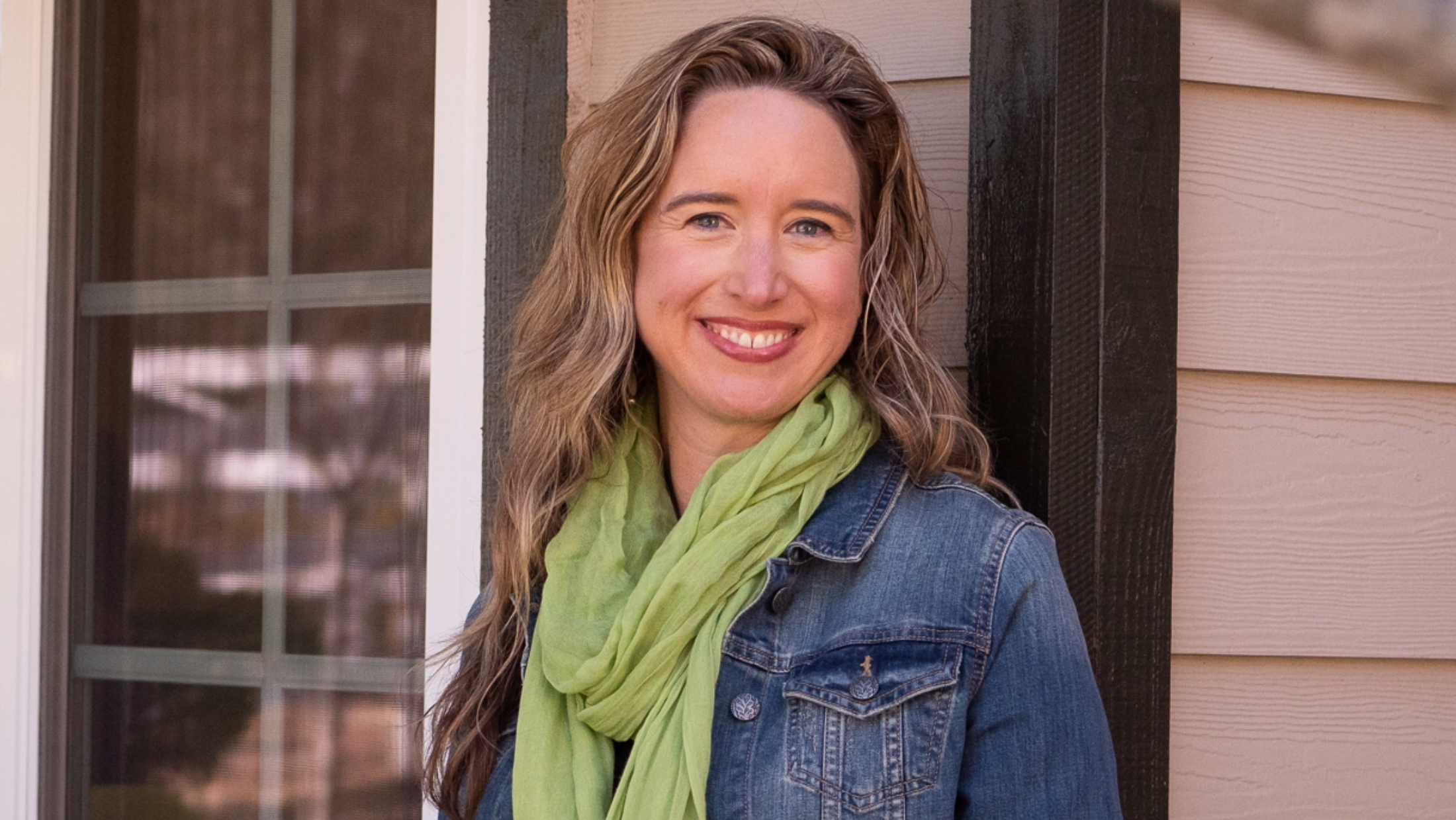

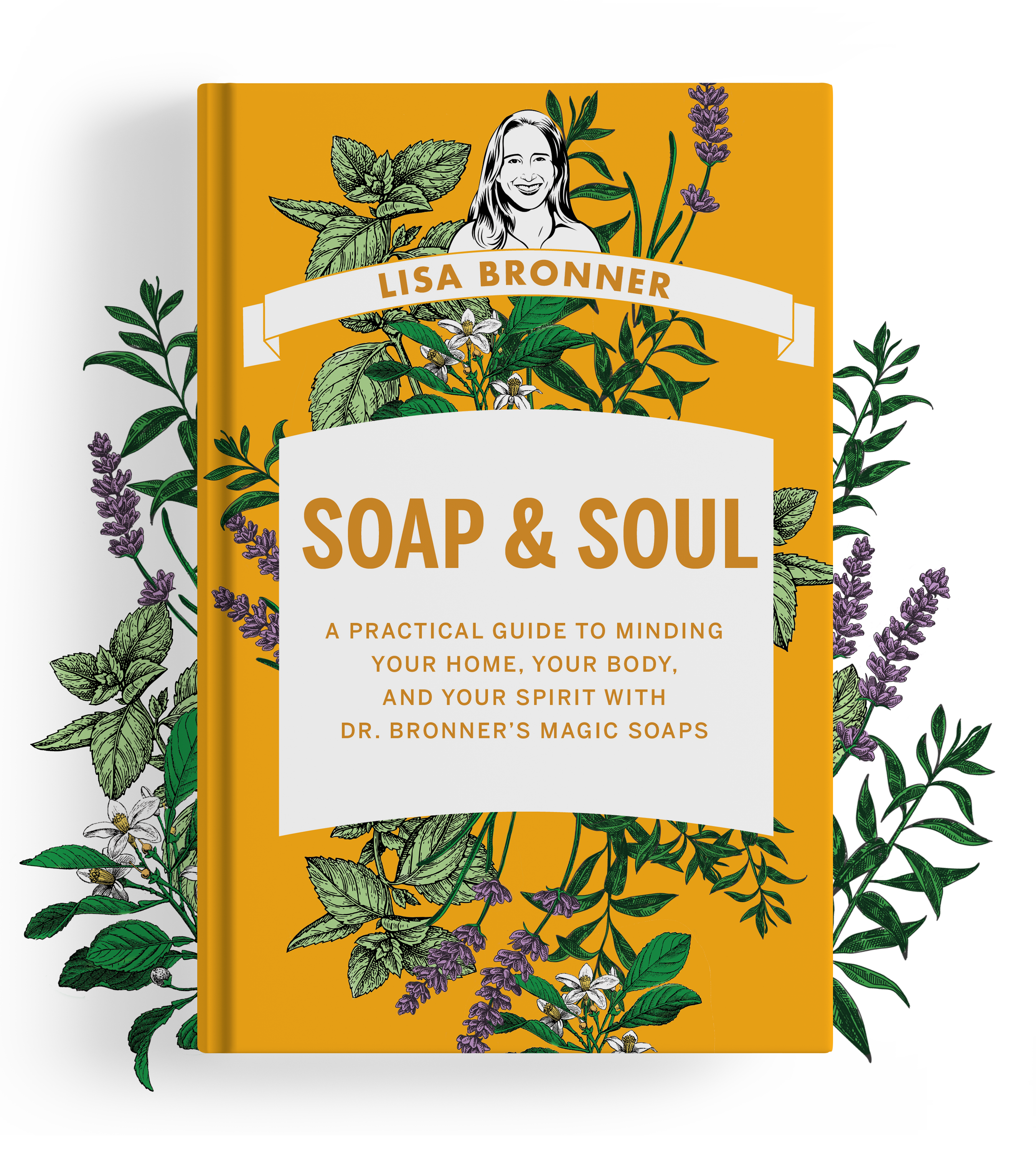
Sounds like it was an excellent trip. I’m quite impressed with what the Bronners have achieved around the world.
I guess the FDA isn’t too thrilled with your coconut oil…
I’ll second what the 2 ladies said. This is one of the reasons my cleaning service uses Dr. B’s products exclusively! If all companies ran like this the world would be a much a better place to live!! Thank You to the Bronner family for keeping your Grandfather’s work ethics alive!!
I am very impressed by Dr. Bronner’s corporate culture of giving back to the world. Dr. Bronner’s is a model of how every corporation should be. Kudos!
What wonderful projects and just RIGHT business practices. Another one of the many reasons I love Dr. Bronners 🙂